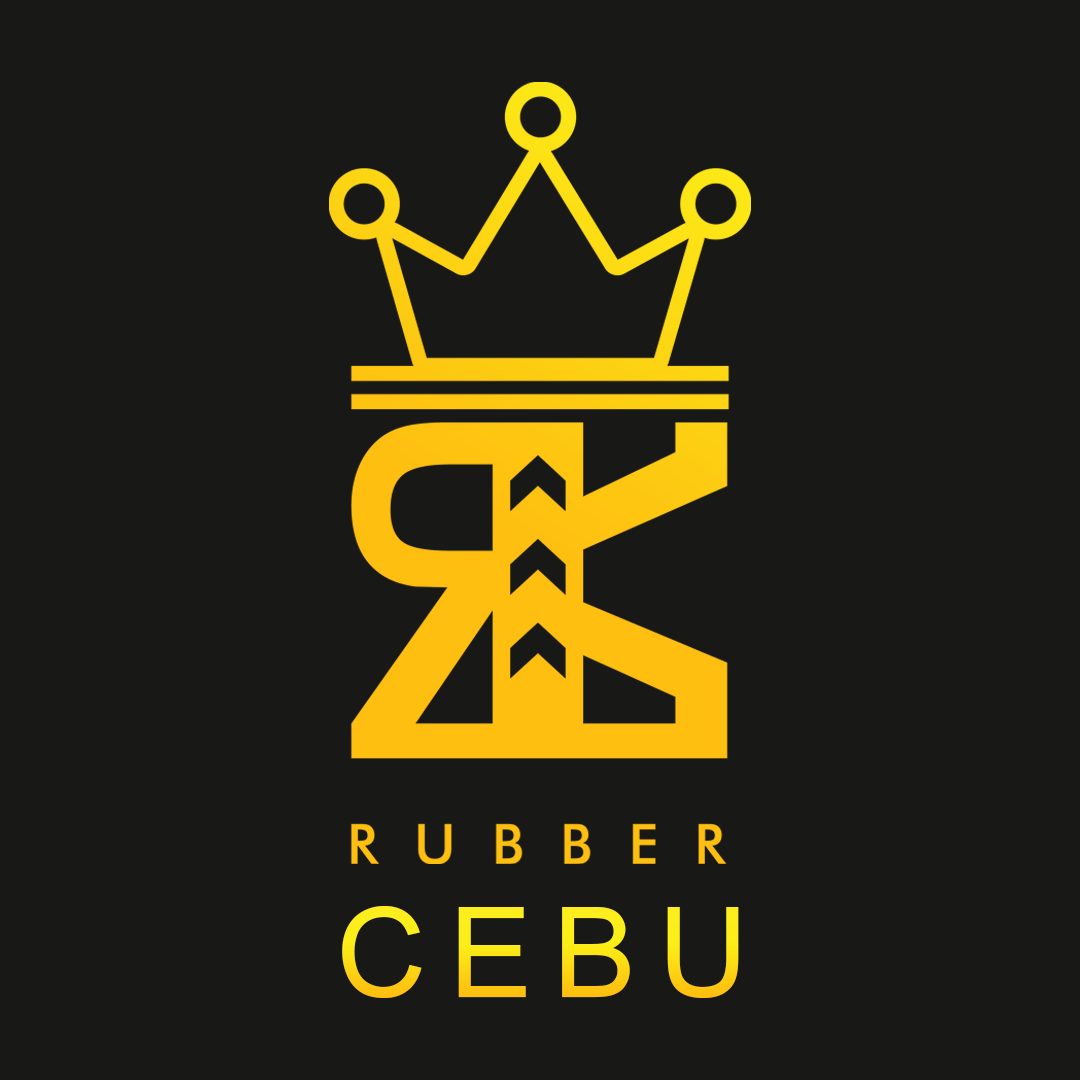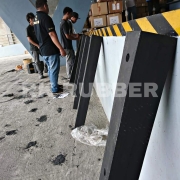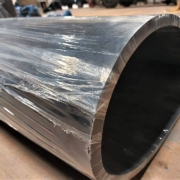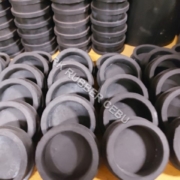Loading Dock Rubber Bumper
Loading Dock Rubber Bumper
A loading dock rubber bumper is installed on the docks to protect them from trailers when unloading operations occur. The docking area is one of the busiest places to be found in industrial or commercial places because it is where the products are unloaded or unloaded, so collisions with the dock cannot be avoided when there is an ongoing operation. So the loading dock rubber bumper is very important in such situations because we can prevent huge warehouse repair costs.
There are many different loading dock bumpers on the market, but why do we market rubber-type, simply because it is the most cost-effective when you compare it to alloy or metal-type dock fenders. A good feature of a rubber-type dock bumper is that it is not prone to corrosion, and also, because of its resiliency, you are protecting both your docking areas and trucks simultaneously. So why would you settle for alloy or metal type if there is a loading dock rubber bumper that is reliable and durable? It is also made of high-grade compound materials, so you can be sure that it has long years of service..
Some Types of Loading Dock Rubber Bumper
There are three loading dock bumpers: recessed, surface-mounted, and wheel chock.
- Recessed dock bumpers are installed flush with the edge of the loading dock, making them ideal for facilities with limited space.
- Surface-mounted dock bumpers are fastened to the face of the loading dock and protrude outward.
- Wheel chock dock bumpers are placed behind the wheels of a trailer to keep it from rolling forward while unloading.
Features of Dock Bumper
- Has different mounting solutions
- Very easy to install and replace if needed
- Ultra-durable; can handle a tremendous amount of impact from trailers or trucks.
- Can withstand any weather conditions
- Has exceptional resistance to corrosion and UV
- It has a long life expectancy.
- It has a very smooth surface and good traction.
How to Install
1. Measure the width of the loading dock door opening. This will determine the size and number of bumpers you need.
2. Select the type of bumper you want. There are several options available, including foam, rubber, and air-filled.
3. Install the bumpers on either side of the door opening, using bolts or screws to secure them. Please ensure they are level and flush with the dock’s surface.
4. Test the bumpers by slowly backing a vehicle up to the dock. The bumper should contact the car before it hits the dock itself.
How to Maintain
- First and foremost, it is essential to check the loading dock bumpers regularly for any damage that may have occurred. If any cracks or holes are found, repair them as soon as possible to avoid further damage.
- Always keep the loading dock area clean and free of debris, as this can cause damage to the bumpers. If the bumpers do become damaged, they should be replaced immediately.
By following these simple tips, you can help extend the life of your loading dock bumpers and keep them in good condition.
Importance of Loading Dock Rubber Bumper
As the country’s economy continues to grow, the number of loading docks and the amount of cargo being handled at these docks also increase. Along with this increase comes a greater need for loading dock safety. Loading dock safety is vital because it helps ensure workers’ safety and prevent accidents and injuries.
Several things can be done to improve loading dock safety.
- One is to ensure that all workers are adequately trained to operate the equipment safely.
- Another is to have proper lighting and signage in place so that workers can see what they are doing.
- Additionally, it is important to have bumpers on loading docks to help protect against accidental falls.
To know more about loading dock fenders and other customized rubber products. Kindly contact our sales team.
Actual Product
Dimensions may vary depending on the specifications
For Manufacturing, Servicing, and Supplying of rubber products, we only cover the entire Visayas and Mindanao Regions. For faster transactions, feel free to contact our sales team.
Globe: (+63)-916-444-0421 & Smart: (+63)-961-604-3588
Sales Office Location:
#63 F. Gochan Street Mabolo, Cebu City, Cebu Region 7, Philippines



